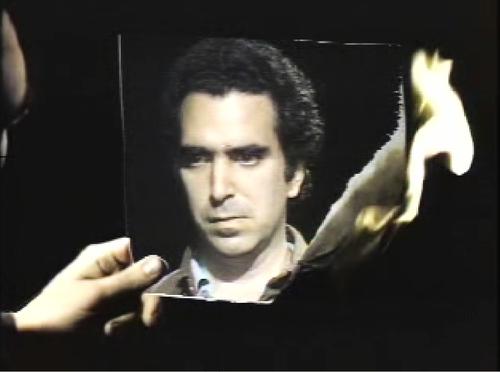Art Work Is Hard Work!
Julia Bryan-Wilson’s “Art Workers” still timely in this summer of economic crisis
Julia Bryan-Wilson’s “Art Workers” sort-of-recently came out in paperback, which is how I was able to afford purchasing and re-rereading it (well, that and a friend’s employee discount) this summer. Hence this review, two years after the initial release in 2009 from the University of California Press.
What is the purpose of art in American society? Can art be a politically effective tool? If it can, what form should that activism take? These are some of the questions explored by the primary characters in Julia Bryan-Wilson’s survey of radical practice during the Vietnam War era. Bryan-Wilson clearly and intelligently analyzes the successes and failures of the answers that were explored during this time, focusing on how institutional critique, feminist practice, and conceptualism were shaped in American art.
“Art Workers” addresses the multifaceted relationship between art and politics in the late 1960s and 1970s. It specifically focuses on Carl Andre, Robert Morris, Lucy Lippard and Hans Haacke, who were deeply involved in the Art Workers Coalition and the Art Strike in New York City. Both of these organizations explored the ability of art and activism to co-exist, motivate or contradict one another. Bryan-Wilson uses a case study approach, but she successfully avoids focusing sole attention on the accomplishments of the chosen individuals by spending a great deal of time on the problematic nature of their developing political and artistic views. She thus creates an overview of radical practice at that time.
Some of the most well-developed themes in Art Workers focus on the changes occurring in New Left politics, specifically ideas developed by Herbert Marcuse in relation to the revolutionary potential of the working class. Marcuse believed that the creative and intellectual classes held emancipatory potential that traditionally was proscribed solely to the proletariat. Bryan-Wilson points out that at this time, leftist art turned away from a commitment to populism. Artists no longer felt the need to appeal to the masses via socialist realism; instead, there was a focus on the labor of art-making itself — hence the term “radical practice.” Artists began to explore different ways to act out and produce radical ideas that didn’t necessarily manifest in visual representations of politics. Bryan-Wilson looks at how this shift troubled the connection that certain artists (such as Carl Andre) were trying to forge with the unions and the working class.
What makes “Art Workers” an especially useful and interesting read is Bryan-Wilson’s ability to concisely evaluate the way that the radical political views of Andre, Morris Lippard and Haacke reflect the changing politics of the time in both form and content. It may have come out in 2009, but the book still belongs on any good art student’s reading list.








